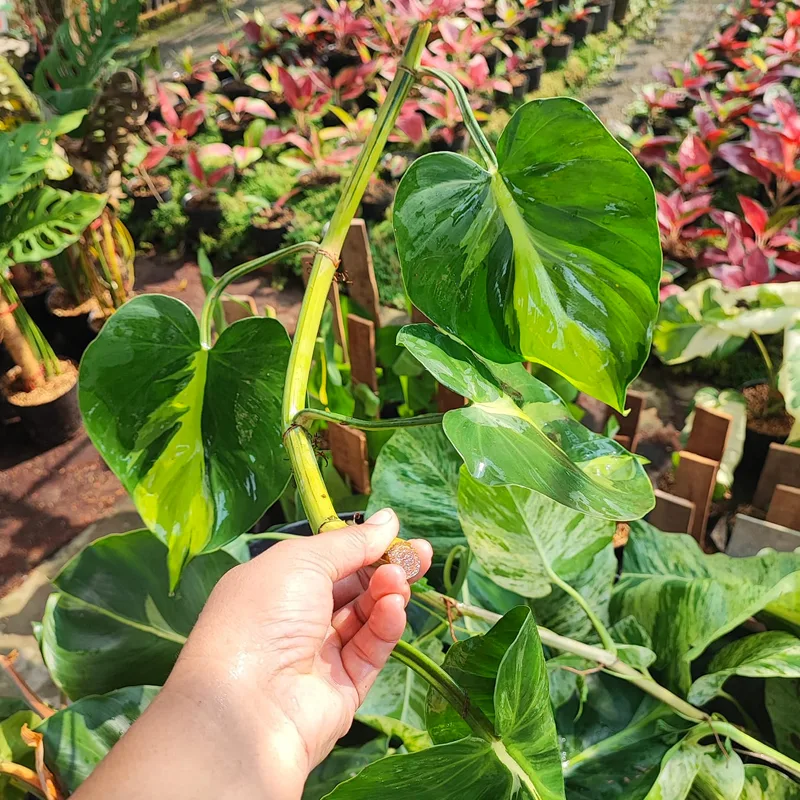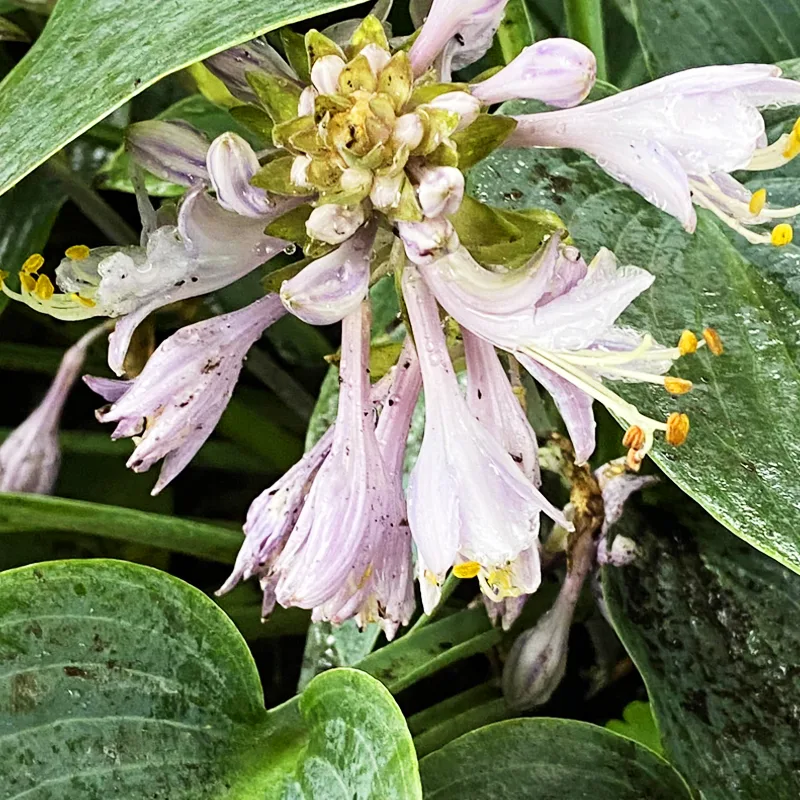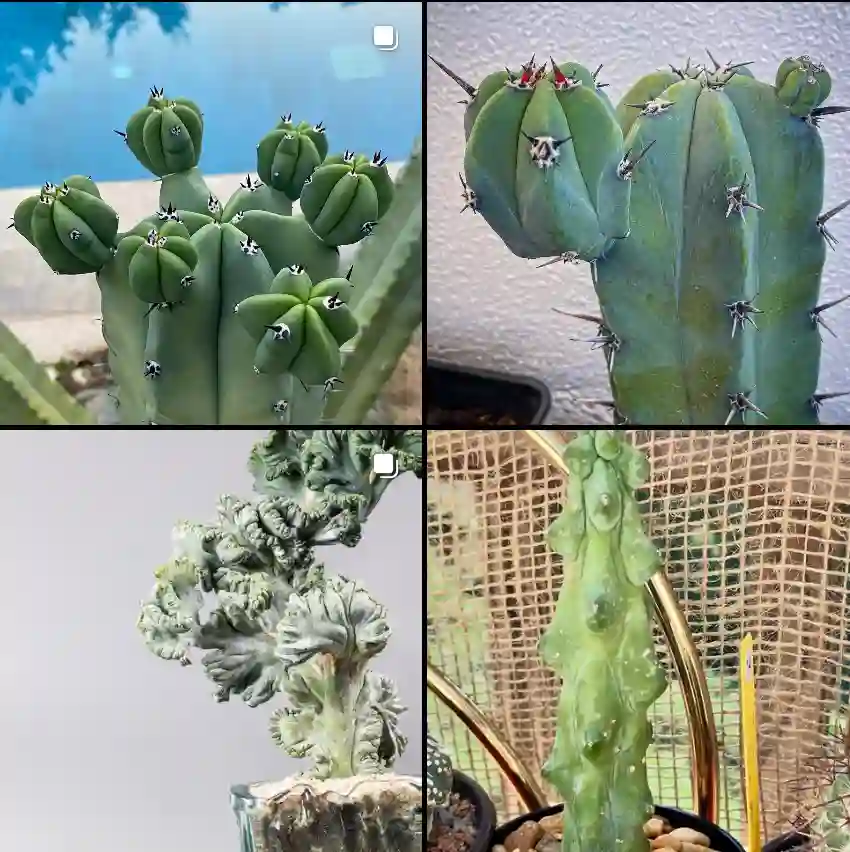Lunaria: The Moon’s Reflection in My Garden
My name is Ferb Vu, and I’ve always been drawn to the subtle beauty of the natural world. While roses and lilies command attention with their vibrant colors and heady scents, I find myself captivated by the quieter charm of plants like Lunaria. This genus, belonging to the Brassicaceae family, boasts a unique ethereal quality that has earned it a special place in my garden and my heart.
The name “Lunaria” itself evokes a sense of mystery, derived from the Latin word for “moon.” This is a fitting title, as the plant’s most striking feature is its translucent seed pods, which shimmer like pearly moons in the sunlight. These papery discs, often used in dried flower arrangements, are what initially drew me to Lunaria. However, as I learned more about this fascinating genus, I discovered a depth and complexity that extended far beyond its ornamental value.
A Closer Look at Lunaria
Lunaria, while not as diverse as some plant genera, comprises a few distinct species, each with its own unique characteristics:
- Lunaria annua: This is the most common species, often referred to as “Honesty” or “Money Plant.” It’s a biennial, meaning it completes its life cycle in two years. The first year is dedicated to foliage growth, while the second year brings forth the charming flowers and those iconic seed pods.
- Lunaria rediviva: Known as “Perennial Honesty,” this species, unlike its annual cousin, graces the garden year after year. Its flowers boast a delicate purple hue and a subtle fragrance, adding a touch of elegance to any setting.
- Lunaria telekiana: This rare species is endemic to the Prokletije Mountains in the Balkans. Its distinct elongated seed pods differentiate it from other Lunaria species.
While each species holds its own unique appeal, they all share the characteristic disc-shaped seed pods that give the genus its common name, “Honesty.” These pods, once the outer layers are peeled away, reveal a shimmering, translucent membrane that holds the seeds. It’s this “honest” display of the plant’s inner workings that I find so intriguing.
Cultivating Lunar Beauty
My experience with Lunaria has been nothing short of delightful. These plants are relatively low-maintenance, thriving in well-drained soil and partial shade. I’ve found that they readily self-seed, ensuring a continuous display of their enchanting beauty year after year.
One of my favorite aspects of growing Lunaria is witnessing the transformation of the seed pods. The initial green hues give way to shimmering silver as they mature, creating a captivating spectacle in the autumn light. I often find myself wandering through the garden, collecting these luminous discs to use in dried arrangements or simply to admire their delicate beauty up close.
Beyond the Garden
The appeal of Lunaria extends beyond its aesthetic value. The plant has a rich history of folklore and symbolism. In some cultures, the seed pods are believed to represent honesty and transparency, while in others, they are associated with prosperity and good fortune.
I find that Lunaria’s symbolism resonates with my own appreciation for the plant. It’s a reminder that true beauty lies not only in outward appearances but also in the intricate details and hidden depths that reveal themselves upon closer inspection.
A Lasting Impression
My journey with Lunaria has been a rewarding one. This unassuming genus has enriched my garden and my understanding of the natural world. Its subtle beauty, ease of cultivation, and rich symbolism make it a true gem among garden plants.
As I continue to cultivate Lunaria, I am constantly reminded of the importance of appreciating the often-overlooked wonders that surround us. Whether it’s the shimmering seed pods catching the sunlight or the delicate fragrance of the perennial variety, Lunaria continues to captivate my senses and inspire a sense of wonder.
If i die, water my plants!



